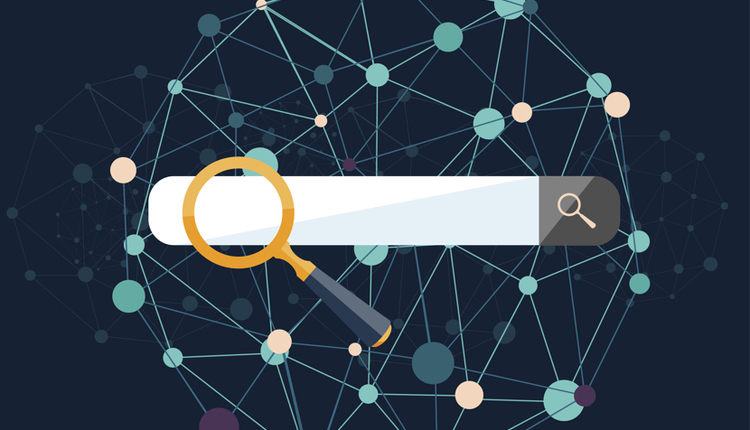
Image by: NicoElNino, ©2016 Getty Images
For years, large information technology (IT) shops in Fortune 500 companies were distinctly averse to the idea of relinquishing custody of their data. With the abundance of cloud offerings and the profound impact Amazon Web Services has had on day-to-day business, that reluctance may be coming to an end. A growing number of organizations are moving their business content to Office 365 and managing it using OneDrive for Business and SharePoint, Microsoft’s cloud platform.
When it’s time to make the move, however, we see many organizations making mistakes that can reduce their chances of user adoption with the new solution. While we’re talking specifically about Office 365, these processes are universal to any cloud migration.
To help you avoid these common “lift and shift” mistakes and ensure a successful future in the cloud, we recommend a pre-emptive approach. There are five basic tenets to successful migration.
1. Establish an airtight migration strategy.
Taking the time to know what you have, what you need, and the vital steps from start to finish is essential for any project’s success. Assessing your current landscape in terms of people, process, and technology is vital to dispelling current beliefs or to provide facts and figures to problems that were known but not quantified. Using that knowledge of how things are today is a good springboard for the things you’d like to change and how they should look down the road. Don’t shoot for the moon, but be realistic and aggressive in your vision so it’s both achievable financially and within your time constraints.
1. Establish an airtight migration strategy.
Taking the time to know what you have, what you need, and the vital steps from start to finish is essential for any project’s success. Assessing your current landscape in terms of people, process, and technology is vital to dispelling current beliefs or to provide facts and figures to problems that were known but not quantified. Using that knowledge of how things are today is a good springboard for the things you’d like to change and how they should look down the road. Don’t shoot for the moon, but be realistic and aggressive in your vision so it’s both achievable financially and within your time constraints.
The final step is to build a roadmap to take you from where you are today to where you’re going, with all the projects, resources, dependencies, and timelines identified. Doing all this hard work on the front end makes the entire initiative easily digestible to your executives and provides a proof point if they forget the initial timelines later on.
2. Identify the redundant, obsolete, and trivial content.
Everyone knows they have redundant, obsolete, and trivial (ROT) content and duplicated information throughout their drives and systems. Unmanaged SharePoint sites and personal drives are typically the biggest digital landfills, where we typically see anywhere from 40% to 80% of data that would be considered ROT. Reducing the volume of obsolete information upfront serves two key purposes: You’ll save on storage while reducing overall risk to the enterprise. Your business case may demonstrate savings or cost avoidance from storage reduction that may pay for the project and subsequent investment in either technology or strategy work to fix the source of the problem. Second, it paints a clearer picture of the vital documents used by each business unit, making the overall repository easier to manage. It’s not uncommon to see an organization get rid of terabytes of data. The most impactful benefit of this exercise is that you’re left with only the highest value, most essential content—therefore, a much smaller migration project.
3. Know your business requirements.
Understanding how the various business units use their content will provide a logical approach to how the new environment should be structured. You’d be shocked how many of your processes exist today because the business needed to adapt to technology capabilities and workflows. Identifying this, how the various lines of business use their content, and what’s business critical will enable you to create an environment users want and will use, thereby, enabling business success. This also lays the ground work to have these users come to you in the future for more functionality and workflows. All of this upfront research contributes to the ease of use for end users and the needed support by business executives along the way.
4. Understand your compliance controls.
While aligning with the business, it’s important to learn the compliance aspects so you can create a tailored environment that sits within your compliance framework. This effort typically isn’t done as a standalone project, and it's a little bit of a balancing act to meet business needs while also being compliant on the back end. This could be as simple as requiring complete information before the end user can move on and then moving this collected information to another system where the compliance activity takes place.
5. Prepare your target information architecture.
Understand the current architecture in place today, and then use the insights gleaned from your research to create the architecture within Office 365. Develop a plan to transition your data without compromising metadata and document types. Taking this planned approach acts as a fail-safe to your new environment, as it gets you thinking about what should be (in the future), as opposed to what is (today), while allowing you to prioritize the most important content and processes. This can also be a trap, however, if you aren’t mentally prepared to move away from the old architecture structure, to think about business processes and how they use data, and to consider a structure that would be the most beneficial and flexible down the road.
Migrations are a challenge for any organization, but if you take a methodical approach to content migration, you’ll be implementing a new environment that your users want (and will ask for)—all while gaining the information management and information governance objectives you need in the process.
Utilizing these best practices is the foundation to a successful migration, but the most important aspect to your ongoing success is your approach when presenting your project. Every company has its own culture, but it’s important to evangelize the project and gain support from executives, aligning your project to their top-down objectives so you can consistently demonstrate how the work you’re doing benefits the entire company as well as for specific lines of business. This sounds simple, but it takes your project from being an isolated IT initiative to a strategic one—one that’s an integral part of your business’s efforts.
The typical Office 365 migration plan starts with email, then storage to OneDrive, and finally SharePoint—i.e., you start with the easier option that has the least resistance/disruption, and as you gain experience and momentum, you move on to the more complicated migrations, all the while looking quick, efficient, and (most importantly) effective.
For more information on SharePoint or migrating to cloud technologies, don’t miss our tech panel, "The SharePoint Report Card," at DSF ’17 on Monday, May 1, 2017.










